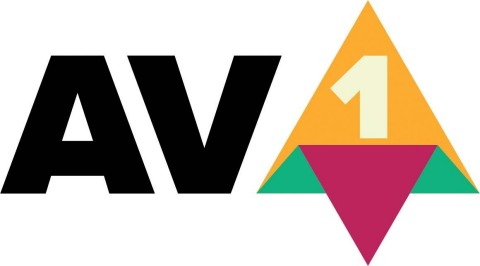Consumers' video expectations are being shaped by the brilliant images promised by 4K Ultra High Definition (UHD) video and beyond. However, the technical-based hurdles and data demands of higher quality video mean that the majority of users only have access to full HD or lower video technology. For nearly three years, the Alliance for Open Media (AOMedia) has been working in lock-step with its members, the world's best-known leaders in video, to develop a better quality internet video technology that benefits all consumers. Today, the Alliance is proud to announce the public release of the AOMedia Video Codec 1.0 (AV1) specification, which delivers cross-platform, 4K UHD or higher online video, royalty-free – all while lowering data usage.

Whether watching live sports, video chatting with loved ones, or binging on a favorite show, online video is becoming a bigger part of consumers’ daily lives. In fact, video is so important to users that by 2021, 82 percent of all the world's internet traffic will be video, according to the Cisco Visual Networking Index™, 2016–2021. To remove many of the hurdles required by older, optical disc-era, video technologies, AOMedia developed AV1 specifically for the internet video-era, paving the way for companies to make more of the royalty-free, 4K UHD and higher video devices, products, and services that consumers love.
“Nearly three years after launching AOMedia, the AV1 codec addresses real bottlenecks for unleashing the highest-quality video for the entire ecosystem, allowing for better viewing experiences across all screens and data networks,” said AOMedia Executive Director Gabe Frost. “By listening to the industry’s feedback in an open and collaborative manner and bringing together leading experts to develop AV1, an entire ecosystem can begin creating video products and experiences that customers love.”
By delivering 4K UHD video at an average of 30 percent greater compression over competing codecs according to independent member tests, AV1 enables more screens to display the vivid images, deeper colors, brighter highlights, darker shadows, and other enhanced UHD imaging features that consumers have come to expect – all while using less data.
“We expect that the installed base of 4K television sets to reach 300 million by the end of 2019 and therefore there is already latent demand for UHD services over today’s infrastructure. AV1 will be widely supported across the entire content chain, especially including services. We forecast rapid introduction of AV1 content delivery to help the widespread proliferation of UHD streaming,” said Paul Gray, a Research Director at IHS Markit, a global business information provider.
The availability of AV1 as an open-source codec is a significant milestone in fulfilling the organization’s promise to deliver a next-generation video format that is interoperable, open, optimized for internet delivery and scalable to any modern device at any bandwidth. Designed at the outset for hardware optimization, the AV1 specification, reference code, and bindings are available for tool makers and developers to download here to begin designing AVI into products.
Specifically, the release of AV1 includes:
- Bitstream specification to enable the next-generation of silicon
- Unoptimized, experimental software decoder and encoder to create and consume the bitstream
- Reference streams for product validation
- Binding specifications to allow content creation and streaming tools for user-generated and commercial video

